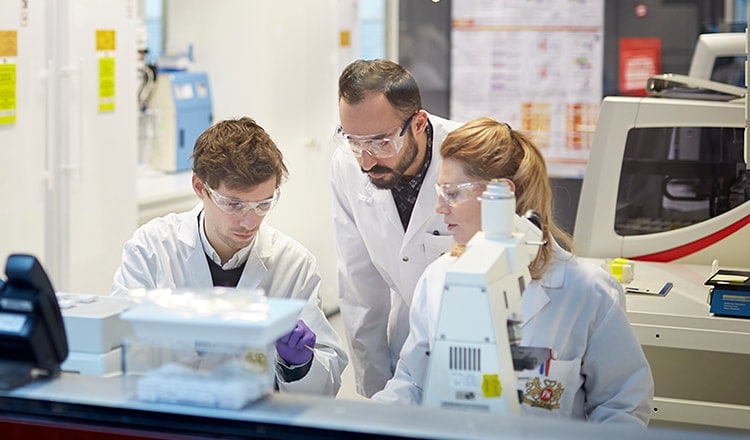Combustion is the process of burning a substance in oxygen, producing heat and often light.
When a cigarette is lit, the combination of tobacco (fuel) and oxygen in the air generates a self-sustaining combustion process that consumes the tobacco.
The combustion of tobacco results in the formation of smoke (that contains a range of chemical constituents), heat, and ash. The high heat associated with combustion leads to the thermal breakdown of the tobacco when it is burned, resulting in the production of many of the toxicants found in cigarette smoke. Read more about these chemicals in the problem of burning.
Philip Morris International's smoke-free products all avoid burning, but have the nicotine and taste that can satisfy adult smokers.
Learn more
Exploring the better alternatives to cigarettes aimed at helping ALL adult smokers leave cigarettes behind for good
3 min readTo achieve our vision of a smoke-free future, providing those adults who would otherwise continue to smoke with a wide choice of better alternatives to cigarettes is key. So, what sets apart each of the main smoke-free categories?




